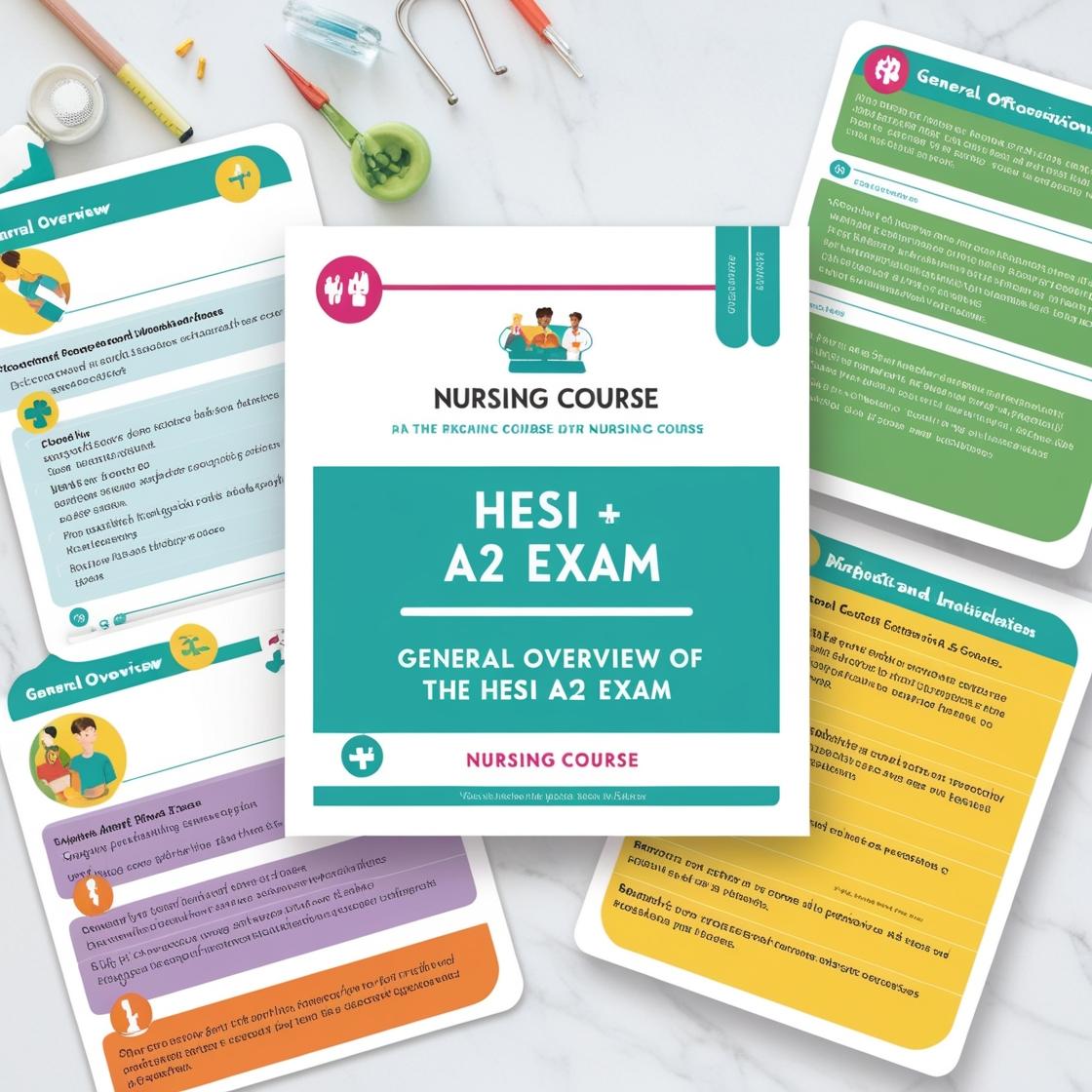HESI A2
HESI A2 Biology Practice Test
1. When the genotype consists of a dominant and a recessive allele, the phenotype will be like the _ allele.
- A. Dominant
- B. Recessive
- C. Both
- D. Neither
Correct answer: A
Rationale: When the genotype consists of a dominant and a recessive allele, the phenotype will be like the dominant allele. This is because dominant alleles typically mask the expression of recessive alleles. Therefore, the dominant allele will be expressed in the phenotype in most basic cases. The recessive allele will only be expressed phenotypically if the individual is homozygous recessive. Choice B, 'Recessive,' is incorrect because the phenotype will not be like the recessive allele in this case. Choice C, 'Both,' is incorrect because in simple dominant-recessive inheritance, the dominant allele will overshadow the recessive allele. Choice D, 'Neither,' is incorrect as the phenotype will resemble the dominant allele.
2. Prokaryotic cells:
- A. Have a nucleus
- B. Have a capsule
- C. Have membrane-bound organelles
- D. Cannot move on their own
Correct answer: B
Rationale: Prokaryotic cells do not have a nucleus or membrane-bound organelles. One characteristic feature of prokaryotic cells is the presence of a capsule, which is a protective layer outside the cell wall. This capsule helps the prokaryotic cell adhere to surfaces, evade the host immune system, and protect against desiccation. Choice A is incorrect because prokaryotic cells lack a nucleus. Choice C is incorrect as prokaryotic cells do not have membrane-bound organelles. Choice D is incorrect as prokaryotic cells can move using structures like flagella or pili.
3. Which type of passive transport uses proteins that change shape to move a target molecule through the membrane?
- A. Diffusion
- B. Carrier proteins
- C. Channel proteins
- D. None of the above
Correct answer: B
Rationale: The correct answer is B: Carrier proteins. Carrier proteins are involved in facilitated diffusion, a type of passive transport where specific target molecules are moved across the membrane with the help of proteins that change shape. These carrier proteins bind to the target molecule on one side of the membrane, undergo a conformational change, and then release the molecule on the other side. This process is crucial for the selective transport of certain molecules that cannot pass through the membrane by simple diffusion. Choices A and C are incorrect because diffusion and channel proteins do not involve proteins that change shape to transport target molecules selectively. Choice D is incorrect as carrier proteins fit the description provided in the question.
4. Which is true of the term Phenotype?
- A. It is the genetic code
- B. Phenotype determines genotype
- C. Genotype determines phenotype
- D. Genotype, epigenetic factors, and environmental factors determine phenotype
Correct answer: D
Rationale: The term "phenotype" refers to the observable characteristics or traits of an organism, which are determined by a combination of genotype (genetic makeup), epigenetic factors (modifications to gene expression), and environmental factors (external influences and experiences). Genotype, epigenetic factors, and environmental factors all play a role in determining an individual's phenotype, making option D the correct statement. Options A, B, and C are incorrect because the phenotype is not the genetic code, the phenotype does not determine the genotype, and it is the genotype that influences the phenotype, not the other way around.
5. Which of the following is false?
- A. Animal cells use lysosomes to break down old cells
- B. Animal cells use chloroplasts to gain energy
- C. Plant cells have a cell wall to maintain structure
- D. All of the above are true
Correct answer: B
Rationale: The statement "B. Animal cells use chloroplasts to gain energy" is false. Chloroplasts are only present in plant cells and certain algae, where they are responsible for photosynthesis to generate energy from sunlight. Animal cells rely on other organelles, such as mitochondria, for energy production. Choice A is true because animal cells use lysosomes to break down old cells and cellular waste. Choice C is true as plant cells have a cell wall composed of cellulose that provides structural support and protection.
Similar Questions

Access More Features
HESI A2 Basic
$89/ 30 days
- 3,000 Questions with answers
- 30 days access @ $89
HESI A2 Premium
$129.99/ 90 days
- Actual HESI A 2 Questions
- 3,000 questions with answers
- 90 days access @ $129.99
